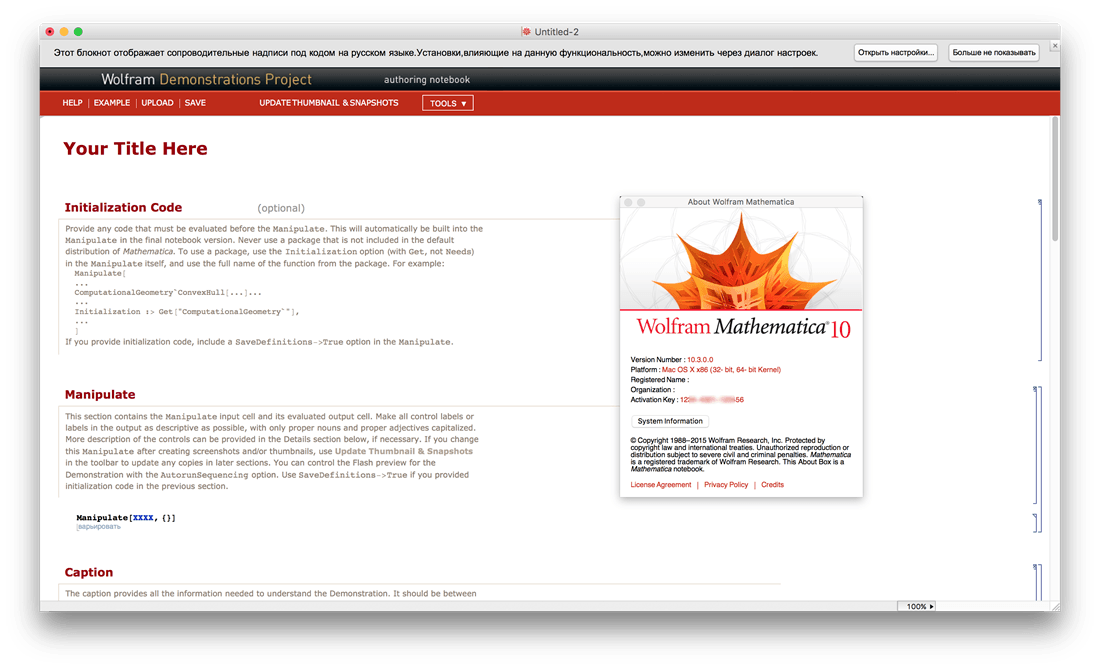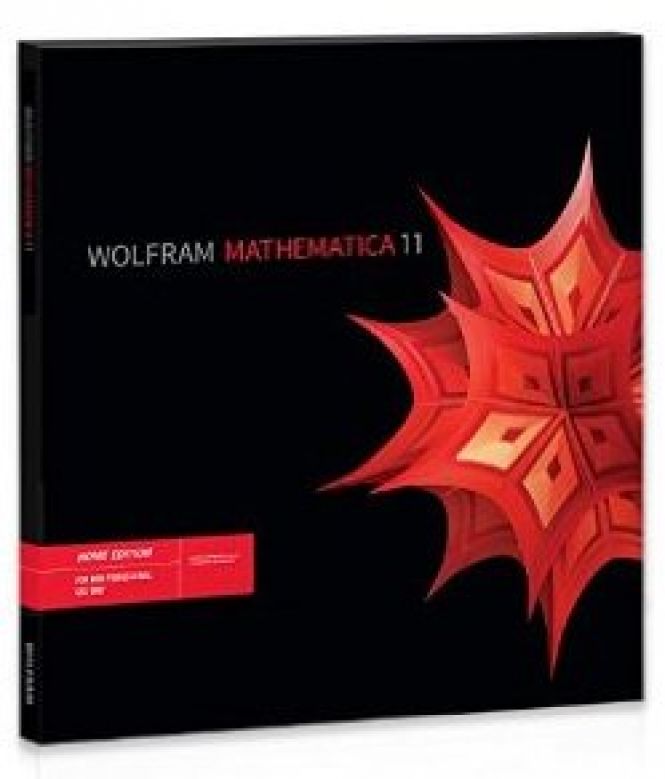



Suppose that you are a researcher in a STEM field or a data scientist or a machine learning researcher and ask yourself the question: What characteristics does a top multitasking scientific software must have? While I don’t know what is your personal answer, but for me, the main characteristics must be: In reality, what Wolfram Mathematica company claims about its product is not just a claim but it is a fact. To make the above statement, namely, by claiming that Mathematica is the world’s definite system, it means that Wolfram Mathematica researchers have the guts to make such a claim. Wolfram Mathematica - The world’s definite system for modern technical computing If you visit the official website of Wolfram Mathematica, you will immediately read on the first page the following statement: Since then, Mathematica has become the standard software in the scientific community in academia and research institutes. The main reason that motivated Stephen Wolfram was that at that time there ware not any software capable of performing symbolic and numerical calculations in particle physics, where usually one has to simulate and calculate different quantities related to particle interaction. Wolfram Mathematica was conceived and developed in the mid ’80 by theoretical physicist Stephen Wolfram. In this article I am giving my personal thoughts as a user of these software and I am not promoting them but rather suggesting to integrate them in your data science projects. In this article, I want to discuss why the software below are important in the context of data science and machine learning and why top data scientists and machine learning researchers use these software in the majority of cases (80%-90%). On the other hand, my opinion is based on observations of many people during the years that are at top positions in their research careers. Clearly, in this article I present my own opinion about these software and why they are the best, so, I am fully aware that other people might not agree with my shortlist.

Many software products allow the user to do scientific multitasking and presentations, but the software that I discuss below are, in my opinion, the best for these tasks. Almost Ever! On the other hand, if someone wants to write and present scientific results at high-quality level, then LaTeX is the number one choice in every respect. Some years ago when I was a university student, I was discussing with some friends and professors which are the best software out there for scientific multitasking, writing, and presentation.Īfter discussing for a while we arrived almost unanimously at the conclusion that if someone has the money to pay for Wolfram Mathematica (or simply Mathematica) license, then there is no reason to use other software other than Mathematica for scientific multitasking.


 0 kommentar(er)
0 kommentar(er)
